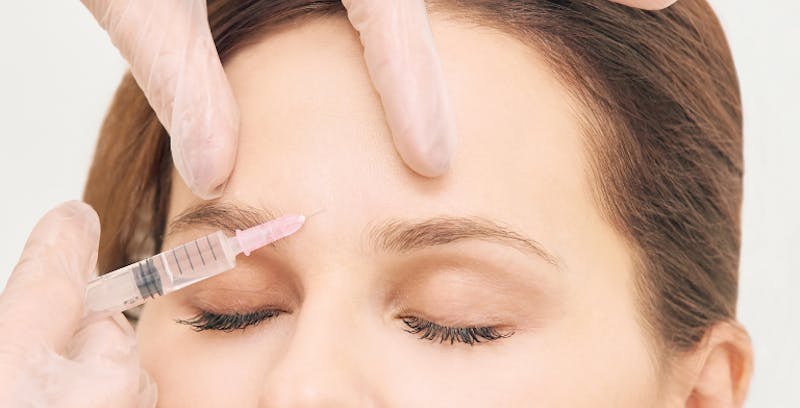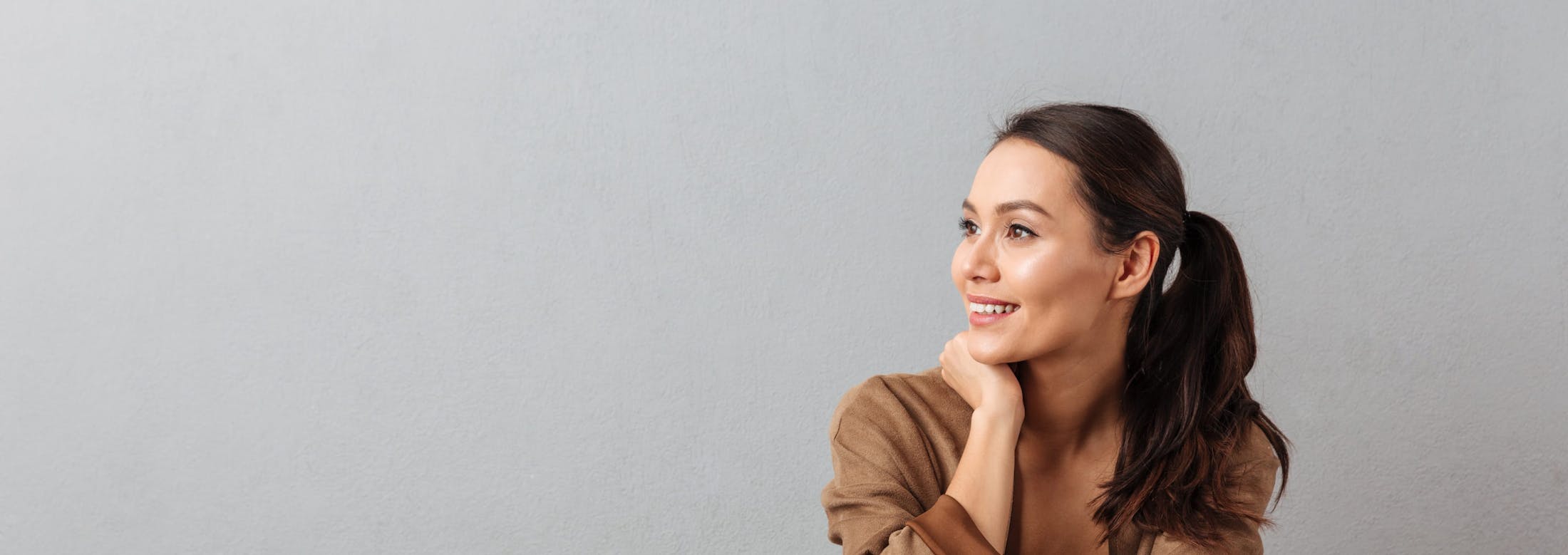
Sometimes called a vampire facial, a PRP facial uses your own blood platelets and plasma to rejuvenate your face. In recent years, the procedure has gotten a lot of positive buzz in the world of aesthetic medicine due to its seemingly powerful effects on skin health. PRP facial before and after photos often show significant improvement.
However, as with any new treatment, the public is inclined to wonder whether the touted benefits are too good to be true. If you are wondering how effective a PRP facial really is, we’ll break down some of the science below.
How Does It Work?
The science of a PRP facial (and part of the reason it’s so effective) comes down to powerful components found in your blood. Blood is made up of plasma, white blood cells, red blood cells, and platelets. Platelets and plasma are good for skin health and a PRP facial harnesses their power to treat a wide array of skin conditions.
Before undergoing a PRP facial, your practitioner draws your blood and uses a centrifuge to separate out the red cells. You are left with platelet-rich plasma (PRP) that is injected into your skin through a micro-needling device. As PRP contains natural chemicals that promote skin health and healing, PRP facials can dramatically transform your appearance.
What Does A PRP Facial Treat?
A PRP facial treats a variety of skin issues including wrinkles, age spots, scarring, and hyperpigmentation. Sometimes, it is used to plump lips or contour cheeks. As a secondary effect, patients often report increased moisture retention after treatment, meaning a PRP may help with problems like dry, itchy skin.
As the term would imply, a PRP facial treats the face. Unlike other forms of micro-needling, it is rarely used to treat issues like stretch marks and non-facial scarring. However, the procedure is relatively new, so this may change in the future as doctors learn more about the potential of PRP for treating a wider array of issues.
Before And After: Is PRP Facial Effective?
PRP facials do have a substantial effect on collagen production. Immediately after treatment, exiting collagen works to repair the tiny wounds caused by micro needling and your body simultaneously produces newer, higher quality collagen. In addition to immediate these changes, your skin continues to improve significantly following PRP treatment. According to some dermatologists, a PRP facial is among the best means of boosting collagen production.
But are PRP facials really effective in terms of improving your skin’s appearance? Few studies have been conducted on PRP facials to date, but the procedure does have a high overall patient satisfaction rate, which is a promising sign. The existing clinical research has also shown some good news in terms of evaluating PRP’s effectiveness.
One review, for example, analyzed the results of 24 studies, including 8 randomized control trials, conducted on a total of 480 patients. The study reported modest improvement in skin appearance and a reduction in fine lines and wrinkles by roughly 50%. The report also noted that – in the majority of the reviewed studies – patient satisfaction was high.
That being said, no single procedure is right for every single patient. A PRP is a nonsurgical procedure, so you need to keep your expectations realistic. One article published by the Cleveland Clinic noted that nonsurgical techniques may be inadequate at addressing extreme sagging or severe sun damage.
However, if you have mild to moderate issues, there are benefits to nonsurgical techniques (such as less downtime and a lower risk for complications) that may outweigh the drawbacks. In short, how effective a PRP largely depends on patient needs.
Am I A Good Candidate?
A consultation with an experienced professional can help you determine if a PRP facial is right for you. As PRP facials use a patient’s own blood, the majority of people can undergo the procedure safely without experiencing an adverse reaction.
Some health conditions may mean you are not a good candidate for a PRP facial. Those who take blood thinners or have rare blood-related disorders may be poor candidates for a PRP. Prior to undergoing the procedure, you and your practitioner will go over your medical history to ensure your safety.
The Bottom Line
A PRP facial can be a highly effective means of treating a variety of skin conditions and promotes natural healing and rejuvenation. However, those with more severe issues may need more invasive treatment. While further studies are needed to ascertain the effectiveness of PRP, patient satisfaction remains high overall.
Considering a PRP facial? At BLUSH Beverly Hills, our talented team of practitioners have decades worth of experience in aesthetic medicine. We work with every patient one-on-one to ensure their treatment plan will help them meet their aesthetic goals. Reach out here to book an appointment.


